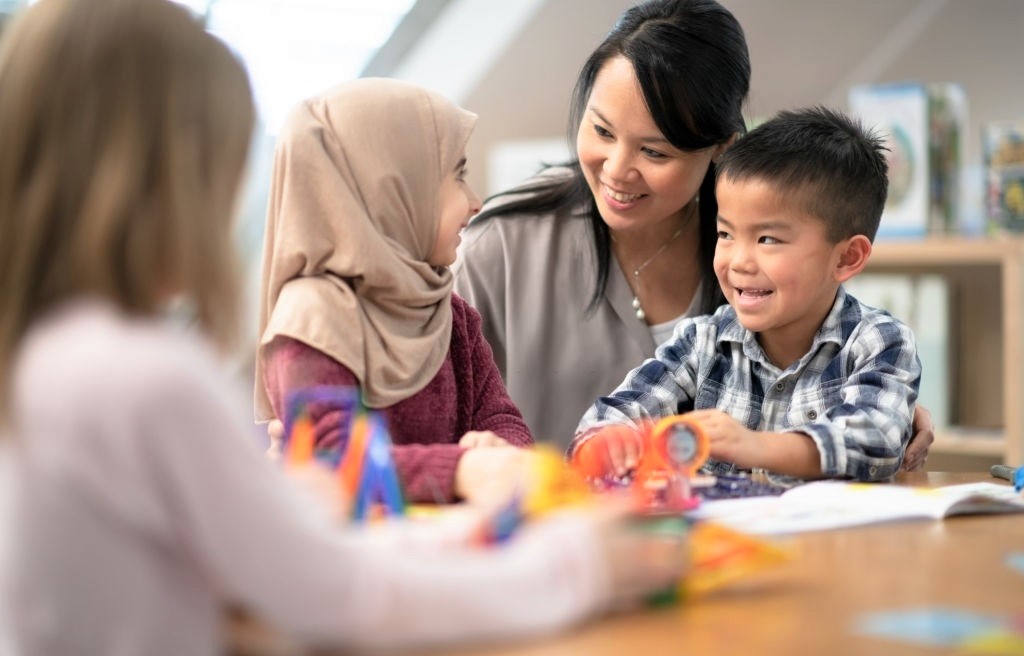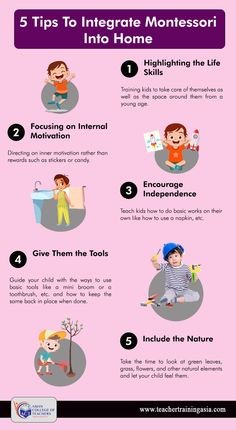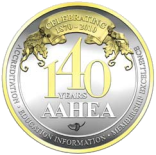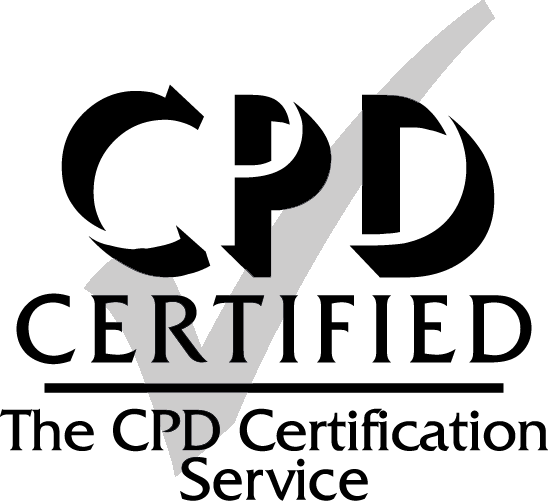5 Great Lessons That Influence Montessori School Teaching
11th August 2021

Maria Montessori’s teaching method, known as the Montessori Method said that each child is unique with unique needs. A certified Montessori educator is well equipped with knowledge not only to gauge their learners through the Montessori parameters but also blend in other methods of teaching. Since education has gone virtual, Montessori teacher training online also holds the same value.
Maria Montessori originally prepared methods and strategies that would cater to the requirements of not only the dynamic ones but also the gifted and the ones who need support. She emphasized the use of didactic tools and apparatus that would help the children self-explain the observations by construction and deconstruction.
Montessori focussed on materials that would promote overall development through sensorial, language, practical life and mathematics related apparatus.
She said:
“The greatest sign of success for a teacher is to be able to say, ‘The children are now working as if I did not exist.’ We teachers can only help the work going on, as servants wait upon a master.”
“The purpose of life is to obey the hidden command which ensures harmony among all and creates an ever-better world. We are not created only to enjoy the world; we are created in order to evolve the cosmos.”
“We must help the child to act for himself, will for himself, think for himself; this is the art of those who aspire to serve the spirit.”
“The child’s development follows a path of successive stages of independence, and our knowledge of this must guide us in our behaviour towards him. We have to help the child to act, will and think for himself. This is the art of serving the spirit, an art which can be practiced to perfection only when working among children.”
Based on these quotes the crux of learning was formulated. As a Montessori teacher one can understand the introduction of various subjects and topics and their relevance by extracting the 5 lessons from these lines.
Lesson #1: Origin of the Universe and the Earth
On the first day of elementary school, teachers introduce the beginning of the Universe and the formation of Earth and gradually to the inhabitants. In an overview sort of way, the teachers introduce all the elements of the beginning according to the pace and the dynamism of the learners.
This is foundational to building curiosity and enthusiasm to know something new and preferably in detail. The impact it has on communication and chronology is notable. Teachers may use visual charts and slowly in the form of story-telling the concepts of astronomy, physics, chemistry, geology and geography are embedded into the inputs.

Montessori education can be implemented at home as well!
Lesson #2: Beginning and Evolution of Life
In this next lesson, a teacher can give the learners a peek into botany, biology and habitats. Teachers can use charts or any other visual aids to show a group of men working in a factory. Some are at the root level while some are at the top with individual job roles. This directly interprets the process of photosynthesis.
In this way, a teacher introduces the similarities in the different habitats and ecosystem and how each living beings are connected as one nature. The concept of group and rote-learning is introduced where the child learns to memorise inputs in timelines and step-forms.
Lesson #3: Introduction to Humans
Humans are special. Their minds and their ability to form a language medium to communicate ideas make them the major species to have seen the face of the planet. Through stories of discoveries and innovations (fire and wheel for example), teachers can help the learners understand their potentials and figure out emotions and how to communicate with people.
They understand their existence and through the introduction of tools, farming, food, shelter, transportation, business and spirituality, they connect the dots from one topic to another. It also helps them to recognise the importance of taking responsibility.
Lesson #4: Communication
Through the introduction of folklores, fables, mythology and fairy tales, learners are introduced to the ideas of using the alphabet, grammar and word study to listen, speak, read and write. Recognition of the fact that no matter what language we use the medium are nothing but the combinations of the letters and logical structures. The evolution from cave paintings to print, helps the learners understand the relevance of variety and how each sign and word can signify various emotional implications.
Lesson #5: Numbers
Amidst all the unavoidable exceptions and rules that language brings, what makes it manageable is the understanding of patterns. Mathematics is a Universal language and recognizing patterns is the foundation of this section of knowledge. Number stories and the use of calendars help the learners associate with the visual representation of quantity, space, geometry, infinity and zero. The subconscious learning of measurements and time is also proven to have happened while learning numbers using the Montessori methods.
So, to conclude, it can be said that complicated theories and concepts are already embedded in simplified instructions in the Montessori methods. These five lessons for teachers help them to understand how one simple structure can have a variety of impacts on the growing interest in a learner in mature and subjective topics. Montessori helps to gain experience at the pace of individual learners. The creation of faith-based learning by a Montessori teacher instils the quality of a life-long learner in the child.











